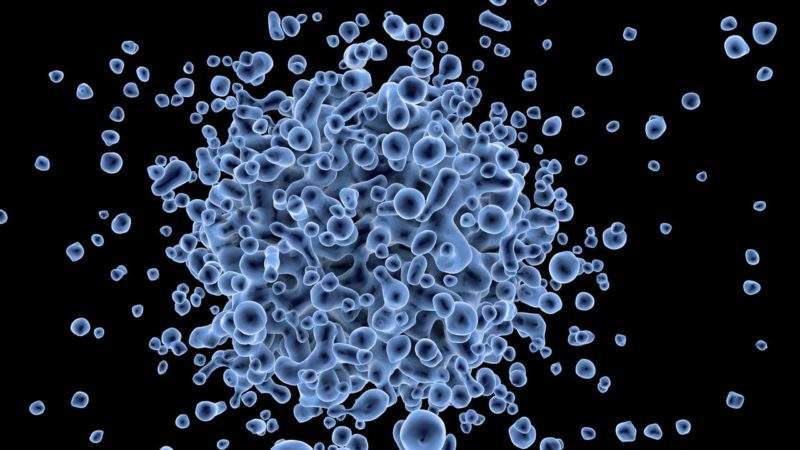
Researchers from The University of Texas at Austin have developed opto-thermoelectric nanotweezers (OTENT) that could one day manipulate cells and be used as a self-monitoring health tool.
The team demonstrated how, using the nanotweezers, light can be used to manipulate nanoscale samples in the same way mechanical tweezers are used to handle larger samples.
Yuebing Zheng, assistant professor of mechanical engineering at The University of Texas at Austin, and his team from the Cockrell School of Engineering developed the nanotweezers after several years of research.
They hope that their development will lead to a greater understanding of matter and biological systems, while opening a range of possibilities for fundamental and technical innovation in nanophotonics.
“Until now, we simply did not know how to manipulate nanoparticles using optical heating,” said Zheng.
“With our nanotweezers, we can not only control particles at the nanoscale, we can also analyse the particles and control the coupling in-situ.”
How well do you really know your competitors?
Access the most comprehensive Company Profiles on the market, powered by GlobalData. Save hours of research. Gain competitive edge.

Thank you!
Your download email will arrive shortly
Not ready to buy yet? Download a free sample
We are confident about the unique quality of our Company Profiles. However, we want you to make the most beneficial decision for your business, so we offer a free sample that you can download by submitting the below form
By GlobalDataScientists working in nanophotonics, nanochemistry and nanophysics collaborated to bring expertise from their respective fields into the creation of the nanotweezers.
“Optimisation of the current system to make it bio-compatible is the next step of our project,” said Zheng.
“We expect to use our tweezers to manipulate biological cells and molecules at single-molecule resolution to control drug release and to study the cell-cell interaction.
“The manipulation and analysis of biological objects will open a new door to early disease diagnosis and the discovery of nanomedicine.”
In addition to its biological applications, the nanotweezers can be used with a wide range of metal, semiconductor, polymer and dielectric nanostructures with charged or hydrophobic surfaces.
So far researchers have successfully ‘trapped’ silicon nanospheres, silica beads, polystyrene beads, silicon nanowires, germanium nanowires and metal nanostructures.
The further arrangement of these nanomaterials in a rationally designed manner can lead to a better understanding of how matter is organised, as well as the potential discovery of new functional materials.
Zheng added that it could also be used to ‘assess how healthy one’s immune system is functioning.’
“It has the potential to be an important mobile diagnostic tool, giving people more autonomy over their own health care,” he said.
The research was published in the journal Nature Photonics.







